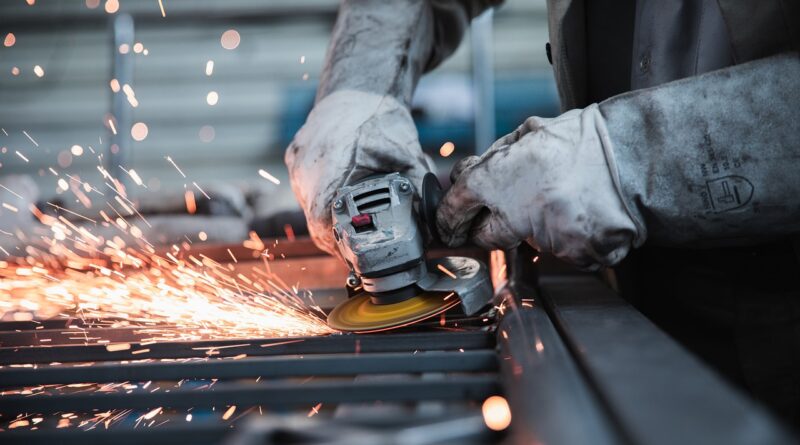What is composite?
We used composites for thousands of years. In 3400 B.C. the first man made composites were engineered by the Mesopotamians . The ancient society glued wood strips on top of each other at different angles to create plywood. In around 2181 B.C the Egyptians started to make death masks out of linen or papyrus soaked in plaster. Later , both of these societies started to reinforce their materials with straw to strengthen mud bricks, pottery and boats.
In 1200 A.D. the Mongols started engineer composite bows which were incredibly effective at the time. These were made of wood, bamboo, bone, cattle tendons, horn and silk bonded with pine resin.
During the industrial revolution, synthetic resins started to take a solid form by using polymerisation. In the 1900s new-found knowledge about chemicals led to the creation of various plastics such as polyester, phenolic and vinyl. Synthetics then started to be developed, Bakelite was created by the chemist called Leo Baekeland. The fact that it did not conduct electricity and was heat resistant meant it could be widely used across many industries.
The 1930s was an incredibly important time for the advancement of composites because glass fibre was introduced by Owens Corning who also started the first fibre reinforced polymer (FRP) industry. The resins engineered during this era are still used to this day and, in 1936, unsaturated polyester resins were patented. Two years later, higher performance resin systems became accessible which is very important for the industry.
First carbon fibre was patented in 1961 and then became commercially available. In the middle of the 90s, composites were starting to become increasingly common for manufacturing processes and construction due to their relatively cheap cost compared to materials that had been used previously.
The composites on a Boeing 787 Dreamliner in the middle of the 00s substantiated their use for high strength applications.
Some different types of composite:
- Ceramic matrix composite: Ceramic spread out in a ceramic matrix. These are better than normal ceramics as they are thermal shock and fracture resistant.
- Metal matrix composite: A metal spread throughout a matrix.
- Reinforced concrete: Concrete strengthened by a material with high tensile strength such as steel reinforcing bars.
- Glass fibre reinforced concrete: Concrete which is poured into a glass fibre structure with high zirconia content.
- Translucent concrete: Concrete which encases optic fibres.
- Engineered wood: Manufactured wood combined with other cheap materials. One example would be particle board. A speciality material like veneer can also be found in this composite
- Plywood: Engineered wood by gluing many thin layers of wood together at different angles.
- Engineered bamboo: Strips of bamboo fibre glued together to make a board. This is a useful composite due to the fact it has higher compressive, tensile and flexural strength than wood.
- Parquetry: A square of many wood pieces put together often out of hardwood. It is sold as a decorative piece
- Wood-plastic composite: Either wood fibre or flour cast in plastic.
- Cement-bonded wood fibre: Mineralised wood pieces cast in cement. This composite has insulating and acoustic properties.
- Fibreglass: Glass fibre combined with a plastic which is relatively inexpensive and flexible.
- Carbon Fibre reinforced polymer: Carbon fibre set in plastic which has a high strength-to-weight ratio
- Sandwich panel: A variety of composites that are layered on top of each other.
- Composite honeycomb: A selection of composites in many hexagons to form a honeycomb shape.
- Papier-mache: Paper bound with an adhesive. These are found in crafts.
- Plastic coated paper: Paper coated with plastic to improve durability. An example of where this is used is in playing cards.
- Syntactic foams: Light materials created by filling metals, ceramics or plastics with microballoons. These ballons are made using either glass, carbon or plastic.

- Edited and written by Emirhan Tongün.



